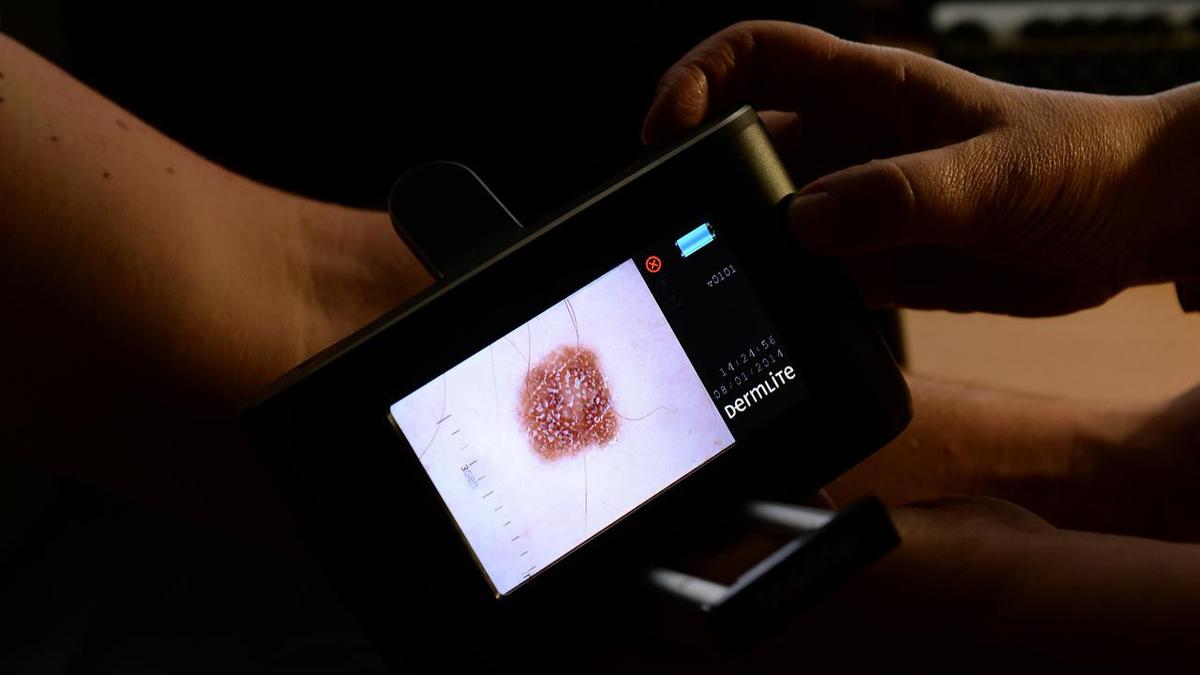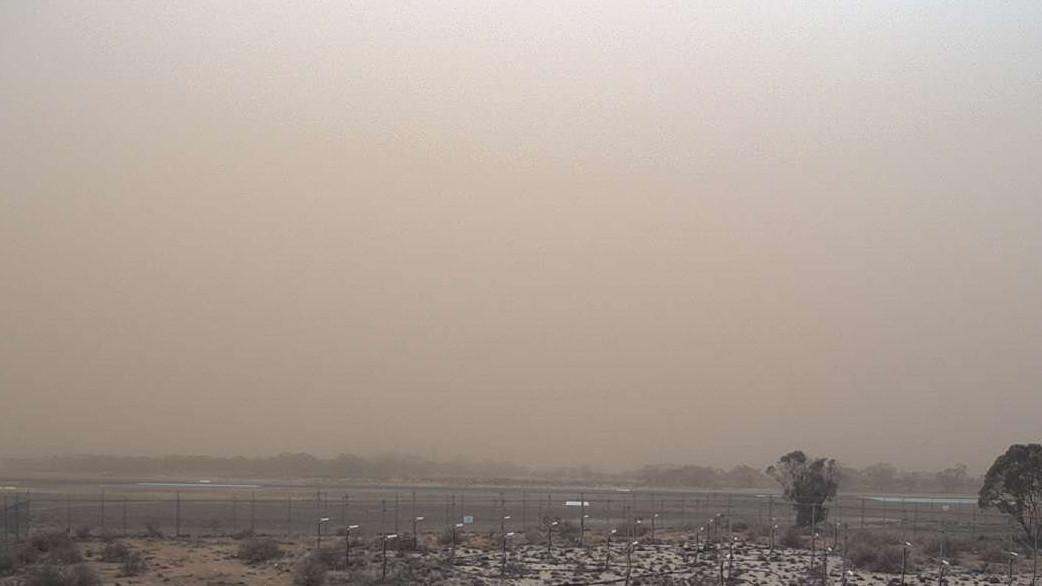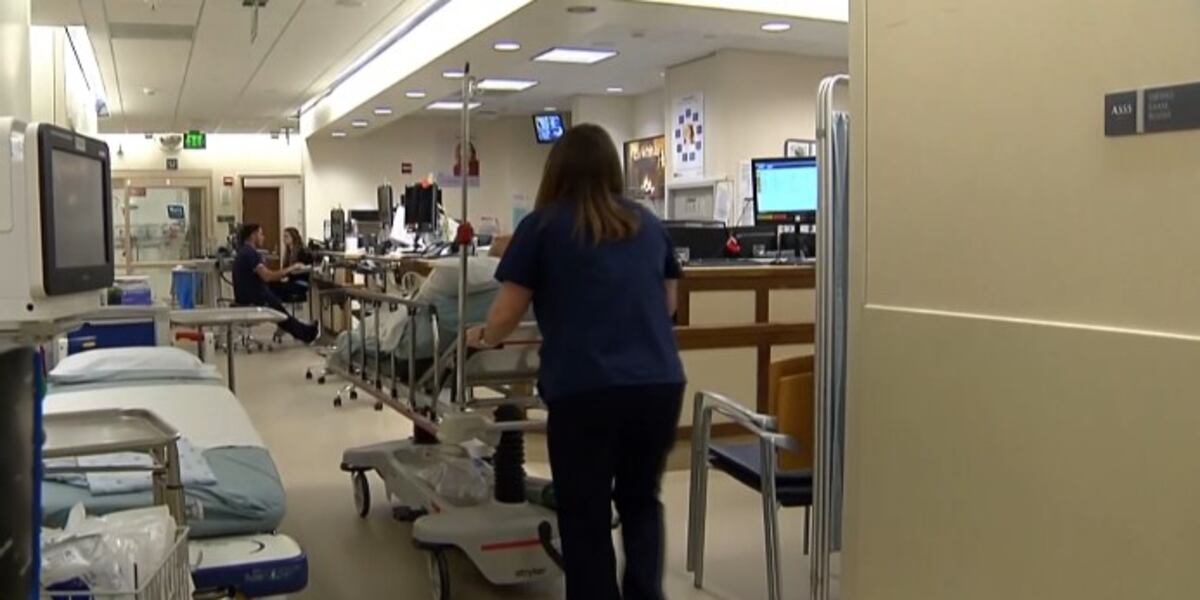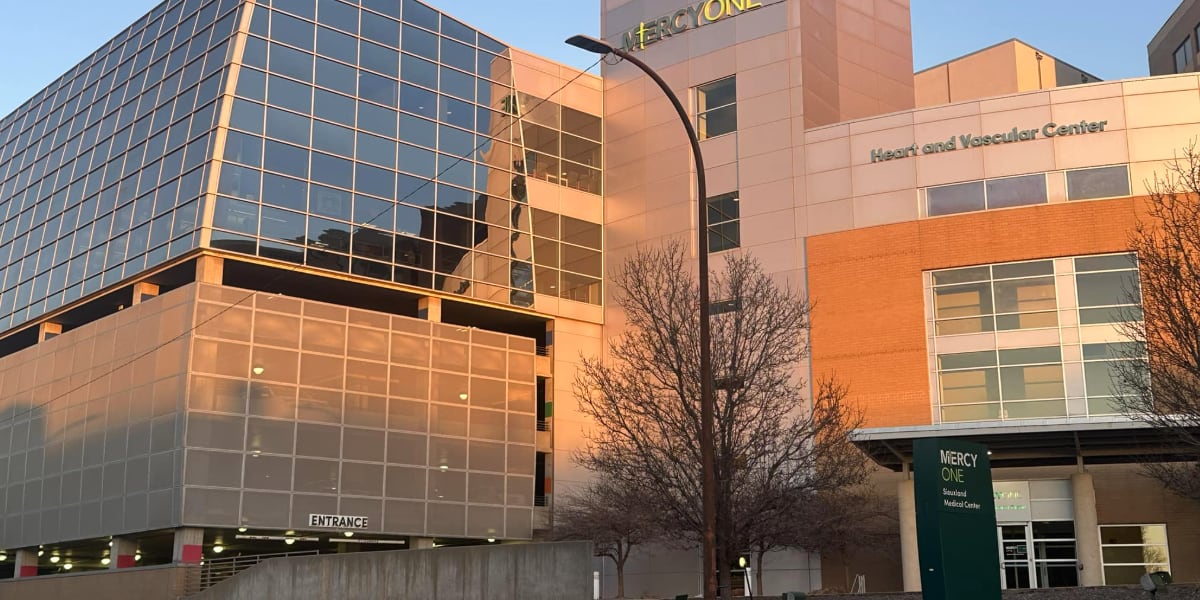Cancer Crisis Looms: Are Australian Hospitals Ready for a 4.5 Million Surge?

Alarming new data reveals a growing public concern: is Australia's healthcare system equipped to handle the projected surge in cancer diagnoses? With forecasts predicting a staggering 4.5 million cases by 2044, nearly half of Australians believe the system is currently unprepared. This anxiety is particularly acute among younger generations, highlighting a deep-seated worry about future access to quality cancer care.
The Numbers Don't Lie: A Cancer Time Bomb
The latest figures paint a stark picture. Australia's cancer rates are steadily climbing, driven by an aging population and changing lifestyle factors. The projected 4.5 million diagnoses by 2044 represents a significant increase, placing immense pressure on already stretched hospital resources, specialist services, and support networks. This isn't just about numbers; it's about the potential impact on individual lives and families.
Young People's Concerns: A Generation Facing a Cancer Future
What’s particularly concerning is the level of anxiety expressed by younger Australians. They are grappling with the reality that they are likely to face cancer diagnoses themselves or have loved ones affected. Concerns revolve around waiting times for appointments, access to cutting-edge treatments, and the overall capacity of the system to provide the care needed. This generation is not just worried about their own health; they're worried about the health of their children and future generations.
System Strain: Current Challenges & Future Demands
The current healthcare system is already facing significant challenges, including workforce shortages, particularly in specialized areas like oncology. Increased demand for diagnostic services, radiotherapy, and chemotherapy will exacerbate these issues. Without significant investment and proactive planning, the projected surge in cancer cases could lead to:
- Longer Waiting Times: For appointments, scans, and treatments.
- Reduced Access to Care: Particularly in rural and regional areas.
- Increased Pressure on Healthcare Professionals: Leading to burnout and potentially impacting the quality of care.
- Disparities in Outcomes: Exacerbating existing inequalities in cancer survival rates.
What Needs to Be Done: A Call to Action
Addressing this looming crisis requires a multi-faceted approach. Key areas for focus include:
- Increased Investment: In cancer research, prevention programs, and healthcare infrastructure.
- Workforce Development: Training and retaining more oncologists, nurses, and allied health professionals.
- Technological Advancements: Adopting innovative technologies like artificial intelligence and precision medicine to improve diagnosis and treatment.
- Improved Coordination of Care: Streamlining pathways and ensuring seamless transitions between different healthcare providers.
- Focus on Prevention: Promoting healthy lifestyles and early detection through public health campaigns.
The time for action is now. Australia needs a comprehensive national strategy to prepare for the cancer surge of 2044 and ensure that all Australians have access to the high-quality cancer care they deserve. Ignoring this growing concern will have devastating consequences for individuals, families, and the nation as a whole.
What are your thoughts? Share your concerns and ideas in the comments below.






